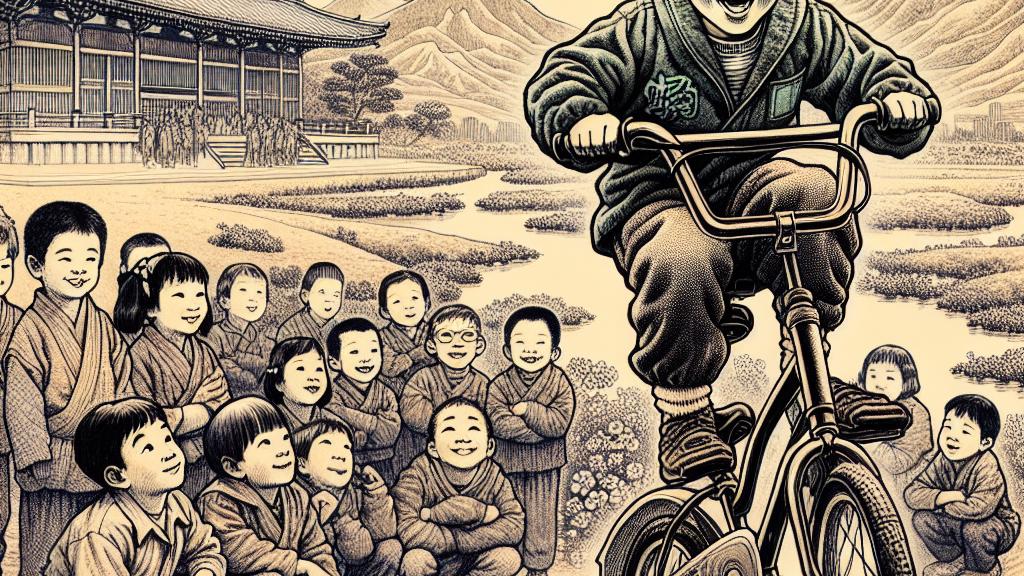How Children's Boasting Differs from Adults: Educational and Social Insights
Overview
- Children’s boasting acts as a crucial educational and social tool.
- Differences between children's and adults' bragging highlight vital developmental progressions.
- Cultural examples, notably from 'Doraemon', vividly illustrate these differences and potential.

Understanding Children's Boasting
In Japan, children's boasting stands out as a behavior remarkably different from adult bragging. This difference becomes evident when you consider that for children, boasting is less about self-aggrandizement and more about fostering growth and interaction. Take the example of a seven-year-old who proudly declares, "I just learned to ride my bike without training wheels!" This statement serves not merely as a boast but as an invitation to younger peers—encouraging them to engage and try riding as well. In this manner, boasting evolves into a vibrant learning experience, where the thrill of self-expression meets the joy of collective achievement.
The Role of Competition
Moreover, the competitive spirit embedded in children's boasting enriches their social interactions significantly. Unlike adults, who often use boasting to assert dominance or gain recognition, children utilize it as a springboard for exploration and skill enhancement. Imagine characters from the beloved series 'Doraemon'—Nobita, Shizuka, and Suneo frequently engage in playful bragging that sparks adventurous escapades. When Suneo boasts about a new gadget or toy, it not only ignites excitement in Nobita but also fuels viewer engagement, demonstrating how competitive bragging can inspire creativity and resilience. These dynamics show how children turn boasting into an adventure, transforming simple statements into catalysts for action and friendship.
Cultural Context and Lessons
Exploring the cultural significance of these interactions reveals the profound educational insights hidden within children’s boasting behaviors. Instead of stemming from a desire to belittle, children's boasts often aim to share knowledge and inspire peers to reach new heights. For instance, when a child excitedly proclaims, "I built the tallest Lego tower in the class!" they are not merely bragging; they are inviting friends into a world of creativity and collaboration. Such exchanges create a sense of community and shared achievement. Schools can harness this natural inclination by incorporating boasting as a motivational tool within the classroom. By recognizing and guiding these dynamics, educators can enrich learning experiences, nurturing creativity and fostering a supportive environment where students can thrive together.

Loading...